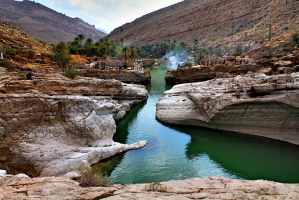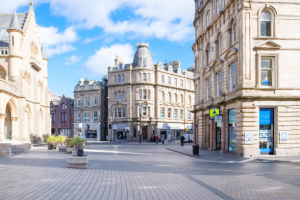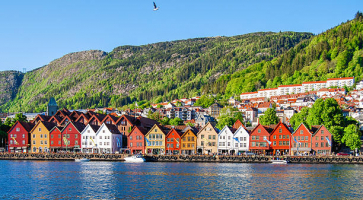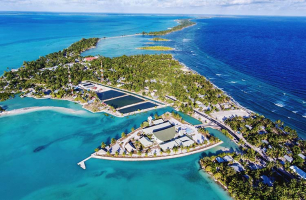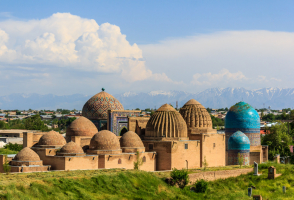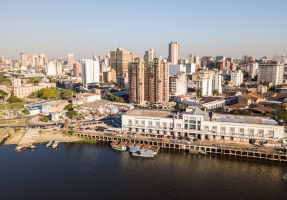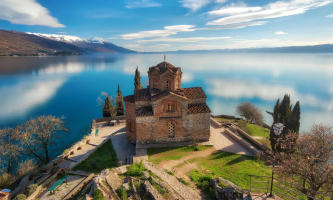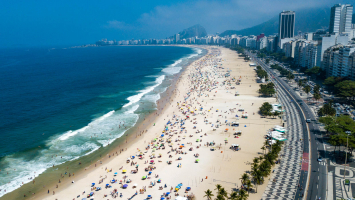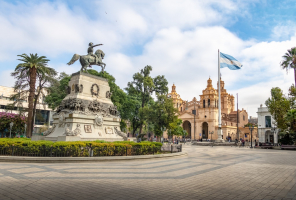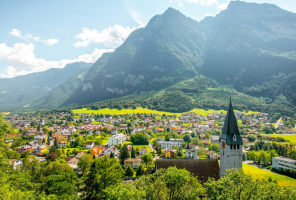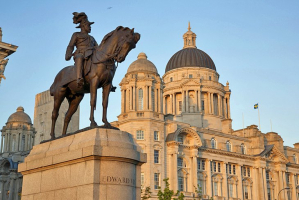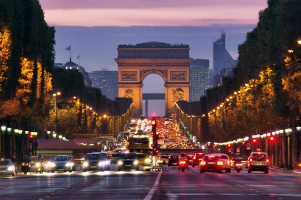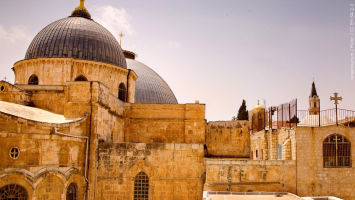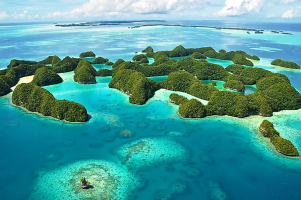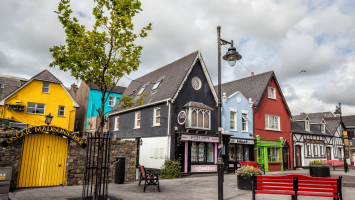Top 8 Reasons to Visit Muscat in Oman
Muscat's old city is diversified, featuring both antique and modern structures. It is the ideal marriage of old and new. From the magnificent contemporary ... read more...Opera House to the 400-year-old Mutrah Fort, the city provides a diverse range of architecture to history aficionados and the like. It has beautiful beaches, luxurious eating options, and a variety of activities to learn about Omani culture. Visitors to Muscat will find an interesting blend of Arabian activities and breathtaking treasures. Let's discover the reasons to visit Muscat in Oman.
-
The traditional market is Muttrah's biggest draw for visitors. Although the structure was restored in the 1970s, this is one of the Arab peninsula's oldest souks. To enhance authenticity, a palm frond roof was recently built. Because visitors are in little supply, this is mostly a market for locals. Shopkeepers will try to entice interested guests, although not as forcefully as in souks in more popular locales.
Muttrah Souk in Muscat is a maze of economic activity. Ceramics, jewelry, and camel-themed souvenirs may be found here. Butter-soft llama wool pashminas, leatherware, and gorgeous gold jewelry are the greatest bargains. Most booths allow trading, but jewelry has little wriggle space (which is sold by weight). If you're new at haggling, make an offer that's 40-50 percent of the vendor's initial price and seek to meet somewhere in the middle.
It's a joy merely to meander through the maze of dark streets. The Muttrah souk is divided into many areas, including a gold and silver souk with rows of stores stacked high with modern and antique jewelry, as well as sections devoted to domestic products, shoes and garments, and fragrances and spices. Across the street from the souk is the fish market, which is located near the harbor and where fresh fish is landed every morning.
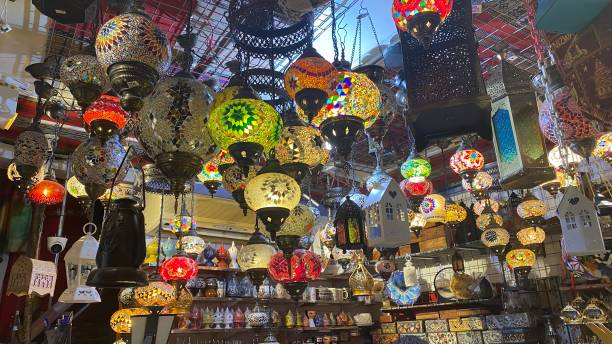
istockphoto 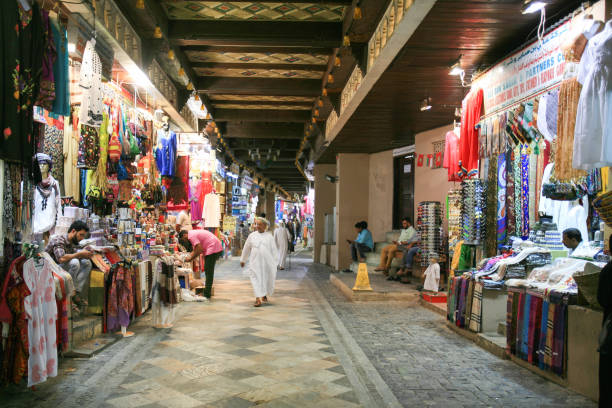
istockphoto -
The "Sultan Qaboos Grand Mosque", which dominates the Muscat skyline, is the full name of this beautiful famous monument. The mosque is square in design and surrounds the central dome, which is 50 meters tall. The site's boundaries are defined by five minarets, which symbolise the five pillars of Islam. The main minaret is 91.5 meters tall, while the others rise to 45 meters. The Sultan Qaboos Grand Mosque in Muscat is one of the world's most stunning and opulent contemporary mosques. It took six years to develop this magnificent landmark in the Arab world. The mosque's architecture is a fusion of Islamic, Middle Eastern, and Omani influences. Despite this, there are a few amazing facts about its design, interiors, and architecture that would entice everyone to visit this Mosque.
When it first opened to the public, the mosque boasted the world's biggest chandelier. The chandelier, which stands 14 meters tall and weighs 8,500 kg, is positioned in the center of the men's prayer hall. It has over 600,000 sparkling Swarovski crystals with 24 carat gold plating that took more than four years to create. Beautiful, colorful mosaic designs adorn the Grand Mosque. There is no official count of how many stones were utilized, but it is an astounding and striking sight. A walk through the hallways is essential to view the mosque's exquisite embellishments. It is truly a one-of-a-kind work of interior design.
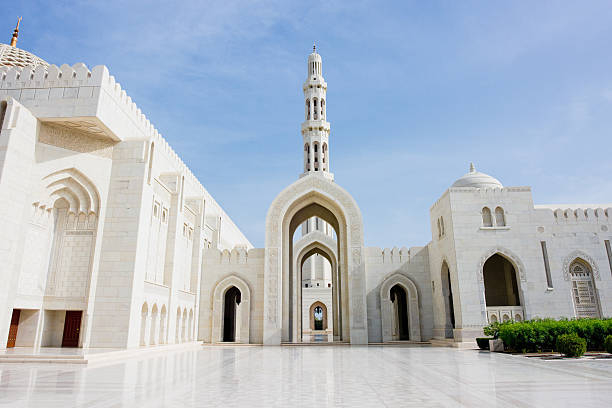
istockphoto 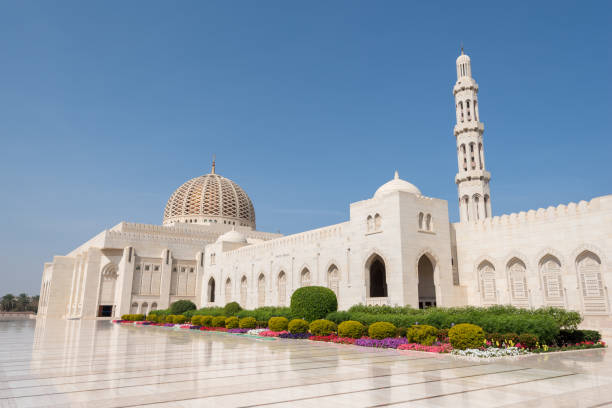
istockphoto -
Swords and daggers are fundamental to Oman's past and culture, and they even have a prominent place on the national flag. Only the well-to-do in Oman wear the khanjar (traditional dagger), but the craftsmanship is prized. The Bait Al Zubair National Museum houses a collection of antique weapons ranging from pearl-embossed straight swords to beautiful blades etched with Koranic passages. Prefer to leave the planning and booking to the professionals? You can travel without worry thanks to the tailor-made service. The Marvels of Oman tour will take you to the most magnificent sites of Oman. All tailor-made tours can be altered in consultation with your local expert.
The 'Sultan Qaboos Grand Mosque' is an architectural marvel that will leave you speechless. It is one of the world's most magnificent and opulent mosques, and it is definitely worth a visit. The Cattle Auction, which takes place every Friday, is the Souq's main attraction. If you are in Nizwa on a Friday, we strongly advise you to visit. You will also be able to tour the air-conditioned halls of the souq, which are lined with businesses offering everything from fresh fruit and vegetables to herbs and spices and massive piles of dates and freshly caught fish.
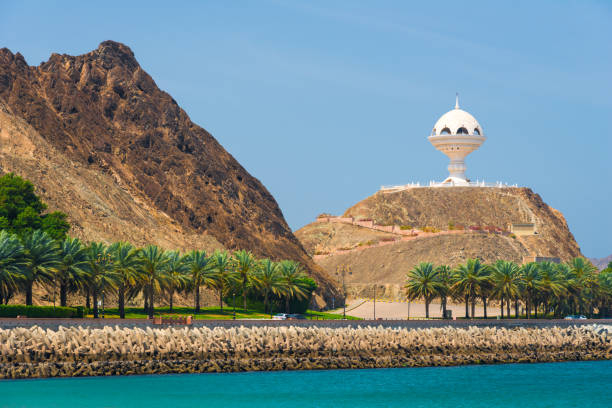
istockphoto 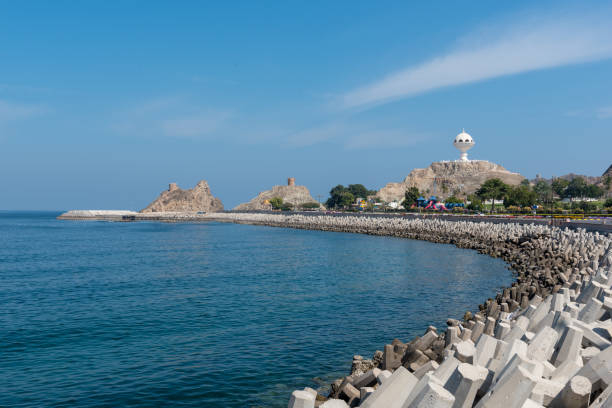
istockphoto -
The Muscat is a seafood lover's paradise. The Seafood Trail guide details where to enjoy fresh Gulf seafood. Some sites are renowned and well-known, while others are quirky and hidden gems. Shrimp, grouper, snapper, red drum (redfish), black drum, mahi-mahi, sea bass, sheepshead, triple tail, and crabs are among the popular Gulf seafood options available locally and fresh in most US Gulf Coast locales. Seafood foods that are popular in specific places are listed below. Oysters and crawfish, for example, are found in northern Gulf waters, but stone crabs, hogfish, and spiny lobster are found in southern Gulf waters.
While grilled meats, hummus, and flatbreads are common on restaurant menus, Muscat is predominantly a seafood destination. The kingfish curry is the standout dish. Fresh fish chunks cooked in a coconut, turmeric, ginger, and garlic broth. At the Blue Marlin restaurant on the marina, dine on the catch of the day while admiring the swaying boats. Platters piled high with grilled tuna, prawns, kingfish, and a massive lobster will satisfy even the most famished travelers.
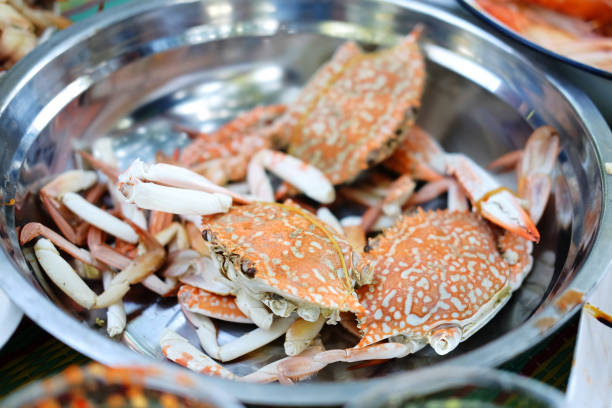
istockphoto 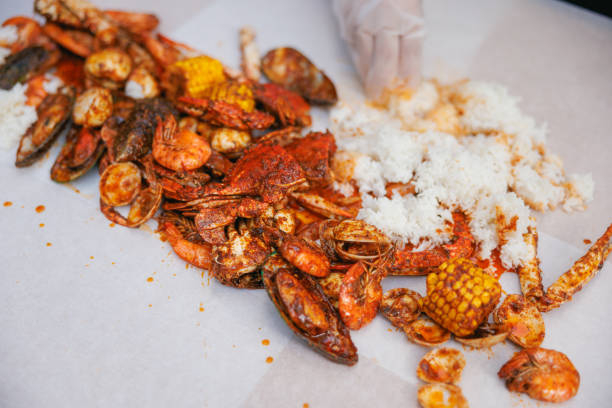
istockphoto -
The Mutrah Fort, which rises out of the rock on which it is built, casts an imposing figure above the bay. If you want to get a good look, climb the steps that spiral up the side of the cliff. At the summit, you'll be rewarded with breathtaking views over the surrounding harbor and the Gulf of Oman. Mutrah Fort was built by the Portuguese during their 1580s occupancy as a strong defensive precaution against the marauding Ottoman army. It's one of several forts erected here, including Al Jalali, Khasab, and Mirani.
Mutrah Fort is perched on a rocky, narrow hill that overlooks the Sultan Qaboos Tourism Port. For each visitor visiting Muscat, seeing the fort is a must. It is made up of three circular towers that still house ancient cannons that were used for defense in the past. During the week, visitors can also enter the fort's castle. It may be accessed by taking Mutrah Souq towards Wali Mutrah's office and then turning right towards the fort. Used for military purposes, it has at long last reopened to visitors. There's not much to see inside although the three-tower structure may be of interest to military buffs. Even if you have fort fatigue, it's fun to scale the flank of the building for a good view of Mutrah and the ocean.
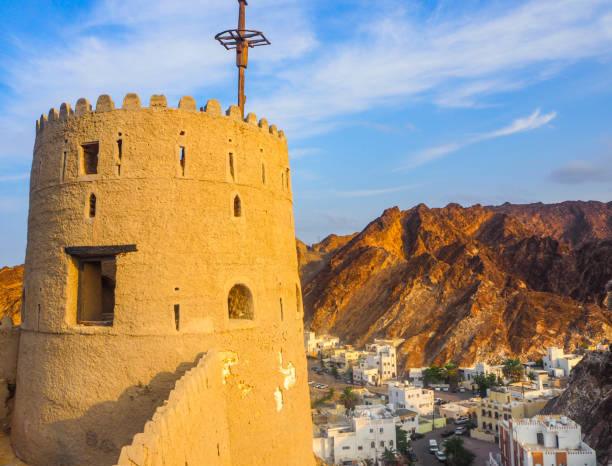
istockphoto 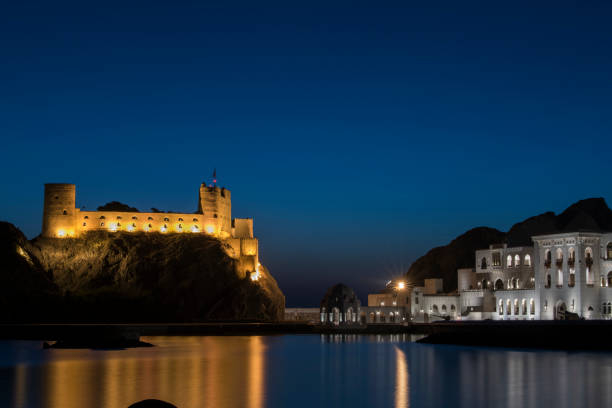
istockphoto -
The late His Majesty Sultan Qaboos bin Said conceived of the modern Royal Oman Opera House Muscat. The Opera House is the primary site of cultural interaction in Oman. It provides a variety of cultural acts as well as educational events. The Royal Opera House is a great architectural marvel to appreciate, from the legendary American jazz performer Chick Korea to the yearly military music performance held in honour of Oman's National Day.
The facility can seat up to 1100 people and includes a theatre, auditorium, manicured gardens, an art center, and cultural markets. Sultan Qaboos of Oman, a major fan of classical music and art, authorized the construction of the Royal Opera House in 2001. The house, which formally opened in 2011, serves as a center for artistic excellence and enriches its legacy via culturally varied programs and activities.
The mission of the Royal Opera House Muscat's Education and Community Outreach Department is to build strong bridges with all walks of life, educational institutions, and cultural organizations through a variety of educational programs and activities designed to enrich the general public and audience about the importance of arts, music, and culture in their lives. Pre-performance Talks, seminars, workshops, open house events, educational presentations, playbill and newspaper articles, special students and family activities are among their programming.
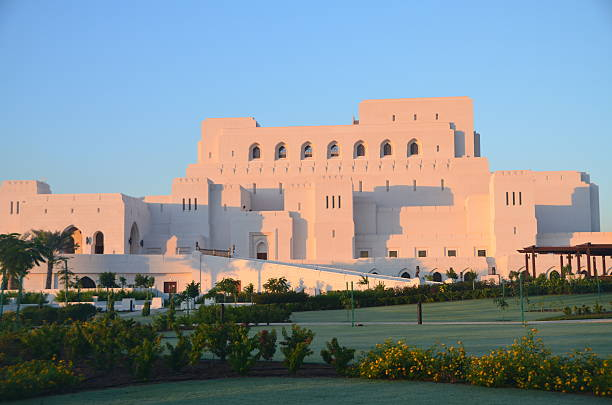
istockphoto 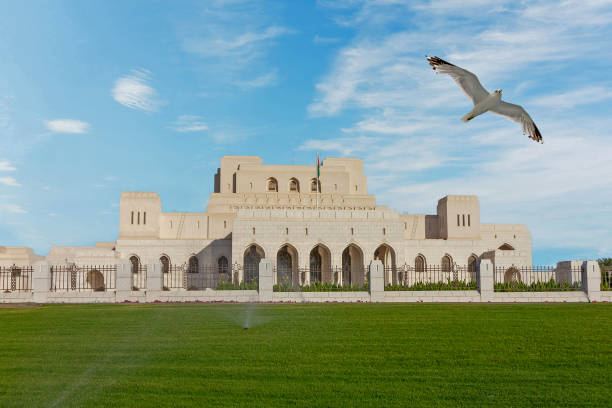
istockphoto -
Modern architecture, often known as modernist architecture, was founded on new and inventive building technology, notably the use of glass, steel, and reinforced concrete; the belief that form should follow function (functionalism); an embracing of minimalism; and a rejection of adornment. It arose in the first part of the twentieth century and dominated after World War II until the 1980s, when postmodern architecture progressively superseded it as the dominant style for institutional and corporate structures.
Al Alam Palace, a dazzling gold and blue royal home, is a natural place to start looking at regal architecture. The Royal Opera House is next, with its remarkable combination of Omani and Italian-imported marble and Burmese teak. It's also worth peeking into certain high-end hotels: the Al-Bustan Palace Hotel boasts an atrium 38m high with a blend of art deco and opulent Arabian stylings, comparable to those of a museum.
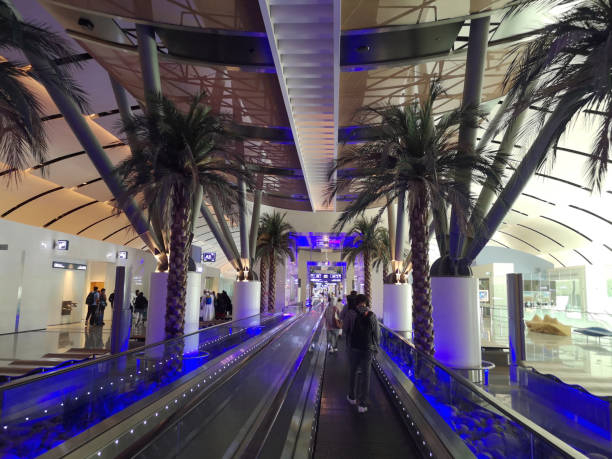
istockphoto 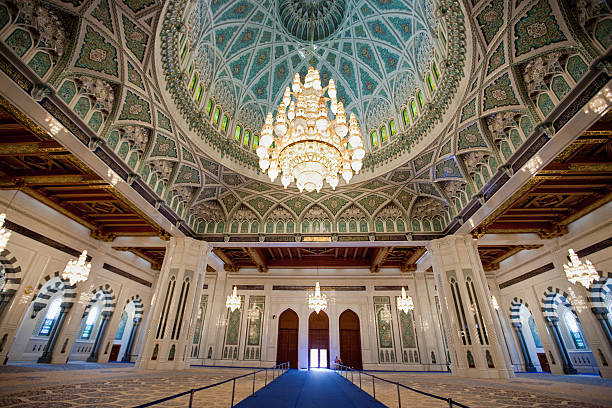
istockphoto -
The world's largest continuous sand desert runs along the Arabian Peninsula west of Muscat. Rub' Al Khali (the 'Empty Quarter') comprises approximately 583,000 square kilometers of uninhabited dunes in Oman and adjacent Saudi Arabia, Yemen, and the United Arab Emirates. Professional photographers are entranced by the play of light on these undulating sand hillocks; solitude-seekers come here to sleep beneath the stars; but it's mostly a destination for experiential tourism. Desert journeys by 4WD meander along off-road paths across the Hajar Mountains before circling the dunes.
The basin's strata varies from the Proterozoic to the recent, with numerous cycles of clastic and carbonate deposits separated by regional unconformities. In the late Paleozoic and Mesozoic succession, the stratigraphic column has several layers of source rock formations, and reservoirs and seals are prevalent. The eastward compression of the Oman Thrust creates traps. The Rub' al Khali Basin is comparatively underexplored in comparison to the petroleum producing regions to the north of the basin, with two producing oil fields (Shaybah and Ramlah) and one producing gas well (Kidan).
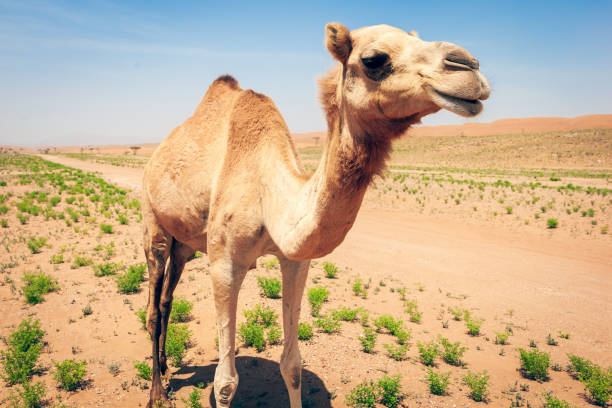
istockphoto 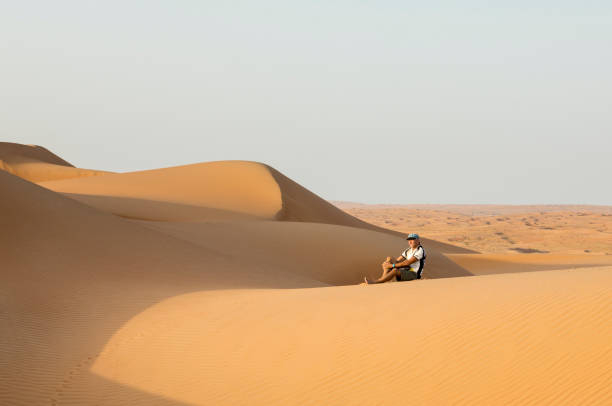
istockphoto











